Nikkor-O 35mm f/2 AI'd
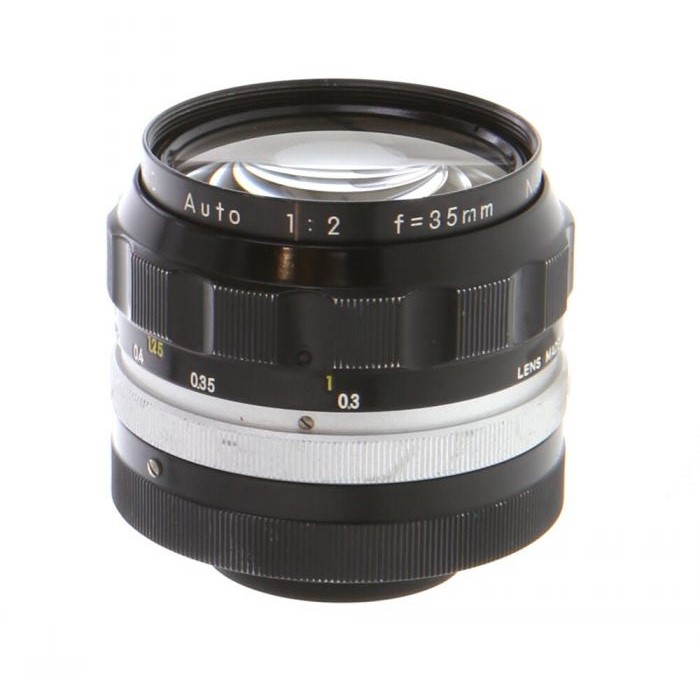
Introduction
This is a vintage lens dating from 1965. It was surprised with the true-AI lens having multicoating, debuting in 1973.
Specifications
This lens is setup with 8 elements in 6 groups.
Maximum Aperture: f/2
Minimum Aperture: f/22
7 standard aperture blades do a nice job of making a very pleasing bokeh.
The front filter ring is 52mm, a relatively standard size today and totally the standard size of vintage Nikkors.
Construction
Made out of metal this lens has a professional, solid feel that you find only with vintage Nikkors.
The focus ring is solid metal with a scalloped edge that I prefer above all other options ever made on any lens. Rubber wears down, it can get sticky after years of shooting weddings in heat and humidity and flying cake pieces, but a true metal focus ring never dies.
My copy came with a slight dent to it showing it is lived a good life before coming to me. This is entirely repairable by a pro or at home with the right tools. As I don't tend to use a lot of filters this issue was not a big one for me, so long as the rest of the lens worked fine.
Mine also has a loose focus ring. It works fine, there is no extra travel on its own, but it is a little different. Again, this is just my copy, your vintage lens that you find will probably be better.
Speaking of my copy, mine has been converted to AI. The standard aperture ring is a solid piece of round metal. Mine was replaced at some time with one Nikon sold for a few dollars to convert the lens to AI. The AI is needed for the camera body to know when I change the aperture on the lens. Also, if this notch wasn't there then putting an AI lens onto a standard Nikon body could damage the AI sensor tab.
Performance
There is some complex distortion with this lens.
Things are soft in the corners wide open along with some vignetting. This all clears up after f/2.8.
Alternatives
Zeiss makes a 35mm in both f/2 and f/1.4 flavors. The f/2 is several times the prices and the f/1.4 is an order of magnitude more expensive. If you are trying to save money they are not options, but if you want the best the Zeiss is head-and-shoulders above the Nikon.
Similar to the high-quality Zeiss offerings, there is the Sigma 35mm f/1.4 which is a budget-friendly way to own a high-end prime lens. Depending on what kind of deal you find on a Nikkor like this (I obviously went cheap) the Sigma could be a solid alternative.
The Nikkor 35mm f/1.6G AFS is not a viable option to many here as that lens is strictly a Dx lens. If you are looking at something full-frame like this f/2 lens, then you want full frame.
Examples
Following are some sample photos to demonstrate the power of this type of lens and some general uses which will likely yield good results. If you shoot things like these, then this lens may be a good one to think about adding to your camera bag.
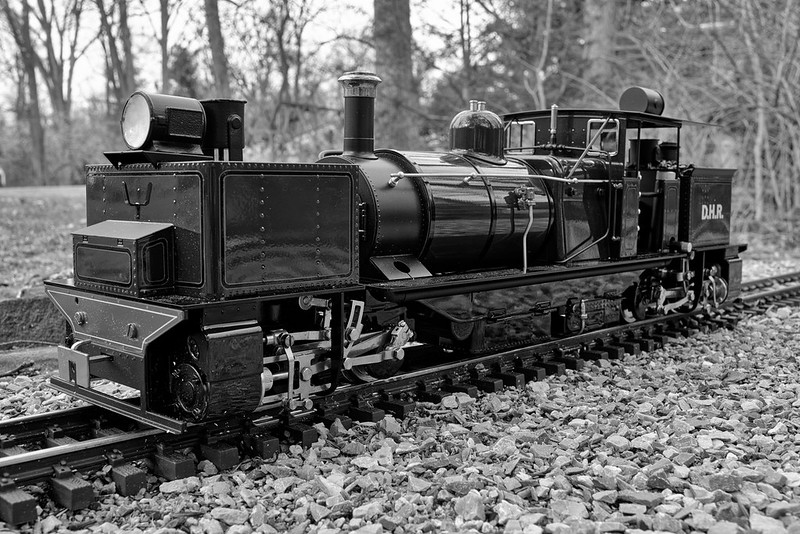
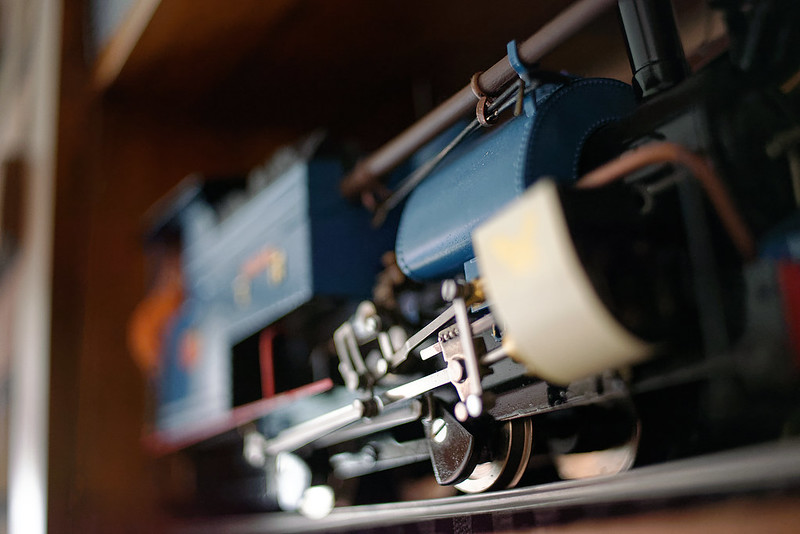
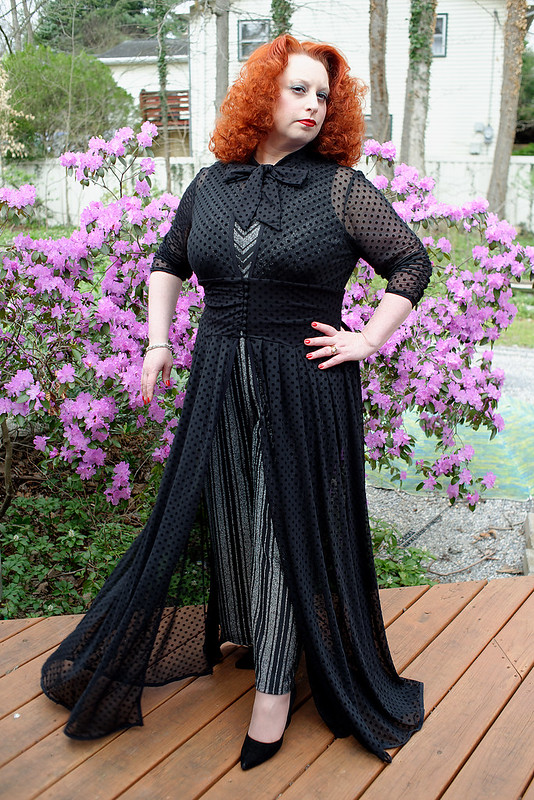
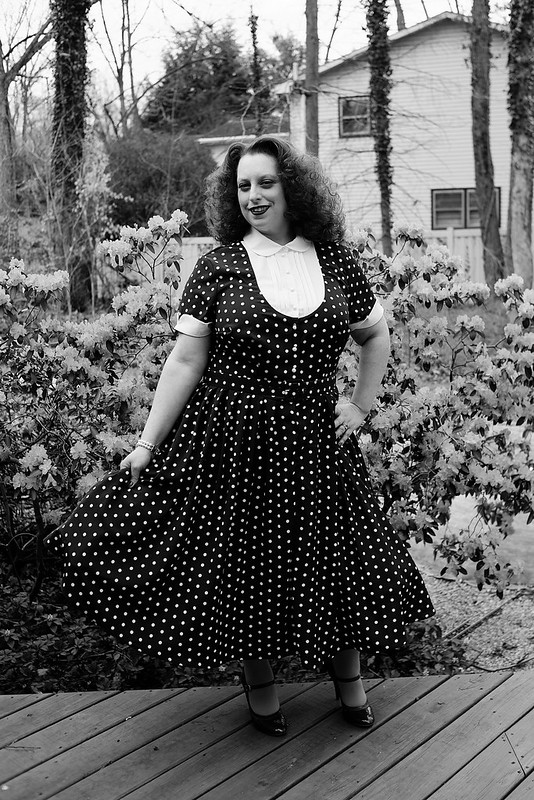

Check out more photos I have shot with this lens in my Flickr Album.